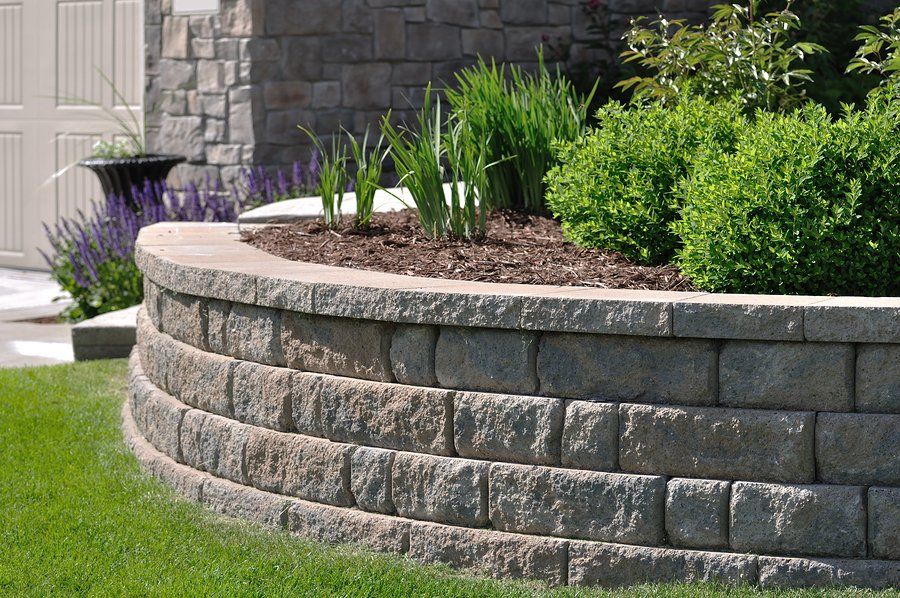Building Retaining Walls on a Curve
How to find the best retaining wall design on a curve
Retaining walls help you manage the slope of your landscape by creating flat spaces. When built properly, they offer beauty and durability. You don't need to be an expert to build a retaining wall yourself, but any level of DIY experience will make installation easy.
The first important aspect of designing a retaining wall is the overall layout of the garden. More modern landscaping tends to favor straight retaining walls, as the sleek, straight lines are likely to blend well with the main façade of the garden. For a more traditional yard or one that emphasizes a more natural setting, a curved retaining wall may be a better choice. Retaining walls with more subtle curves can be versatile and suitable for different landscape styles, but the ultimate answer may depend largely on whether the material and surface texture match the overall landscape design.
Using prestressed concrete in lieu of traditional retaining walls can solve some of the problems associated with constructing walls on a curve.
If you are building a small wall and are not working with a structural engineer, you can design the wall yourself. Are you using real stone, concrete blocks or stone-like blocks that are easier to transport and stack? Before buying, you should consider the overall look of the walls, their color, the size of the room (and how many pieces you'll need to buy), and the budget you've set. When you buy your blocks, you're also bringing home support material like sand, or gravel. In addition, during the construction process, you must have the following equipment ready.
Settlement can be accelerated by installing vertical drains through compressible subsoil. Construction of embankments on very soft soils is also more likely to result in failure of rotational stability during construction if precautions are not taken.
The drawbacks of using standard retaining wall construction techniques on a curved ground
In addition, wall dimensions must be carefully considered during the design and construction phases. Retaining walls typically feature a staggered arrangement of bricks, called setbacks, with the top bricks installed slightly further from the bottom bricks. Therefore, the radius at the top of the curved retaining wall is smaller than at the bottom, and this must be taken into account in the overall design.
Curved walls tend to be more labor intensive to build and require more material. Especially when component size and shape do not match the curve radius, the design process can involve extensive cutting and shaping to ensure a quality finish. Installing reinforcements for larger walls, as well as coping, also requires more work.
We love helping customers in Pittsburgh PA come up with custom retaining wall solutions. Contact us today at (412) 775-3838 for a comprehensive consultation.
Request a Consultation
Contact Us
We will get back to you as soon as possible.
Please try again later.


